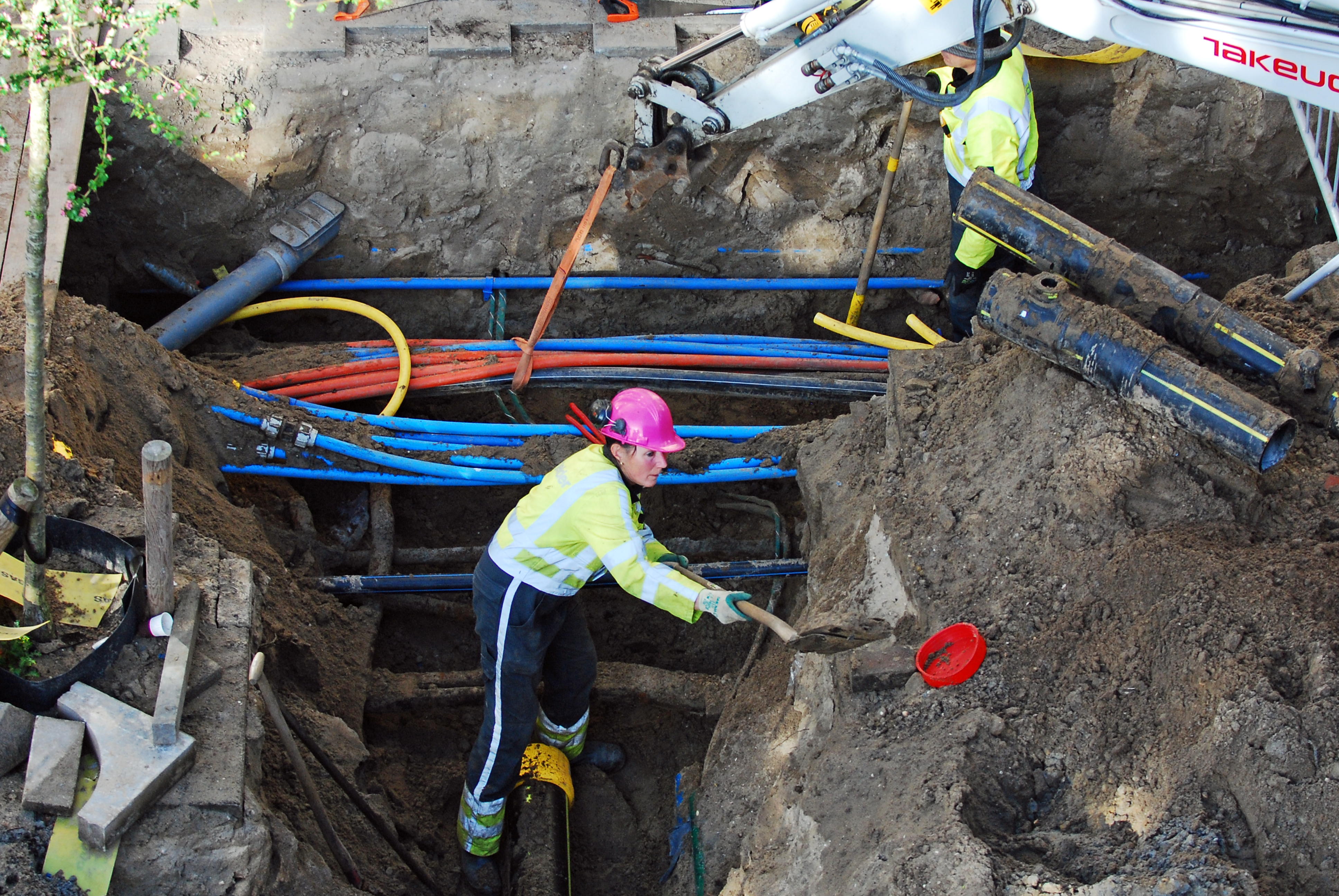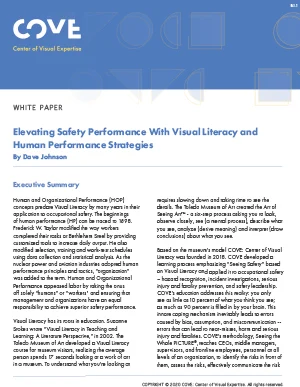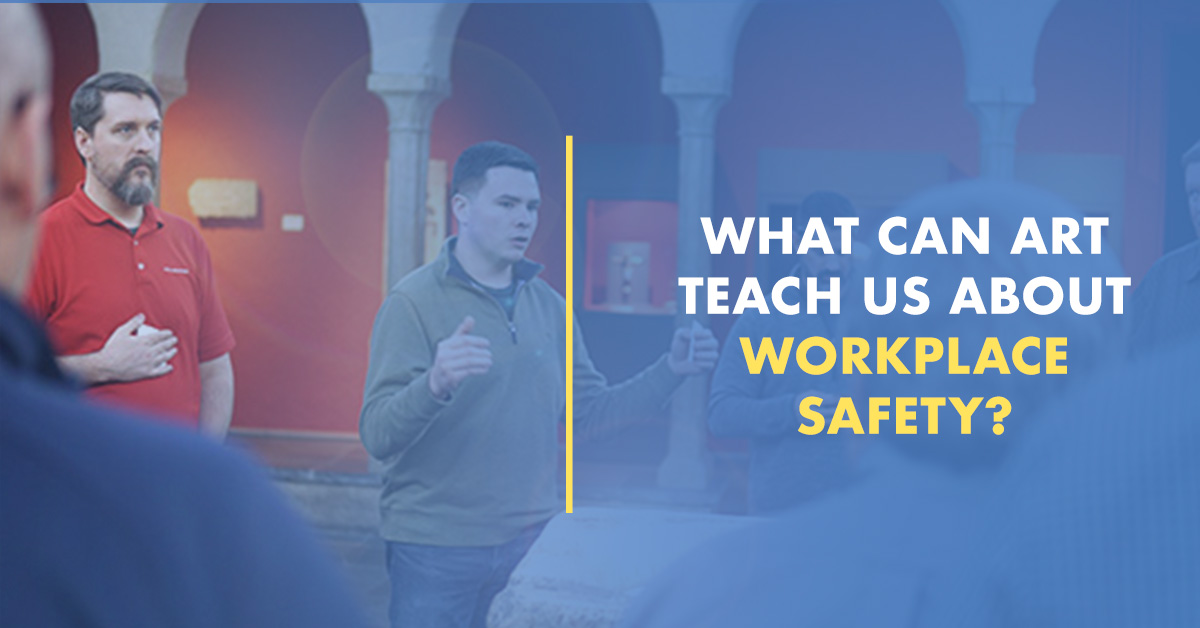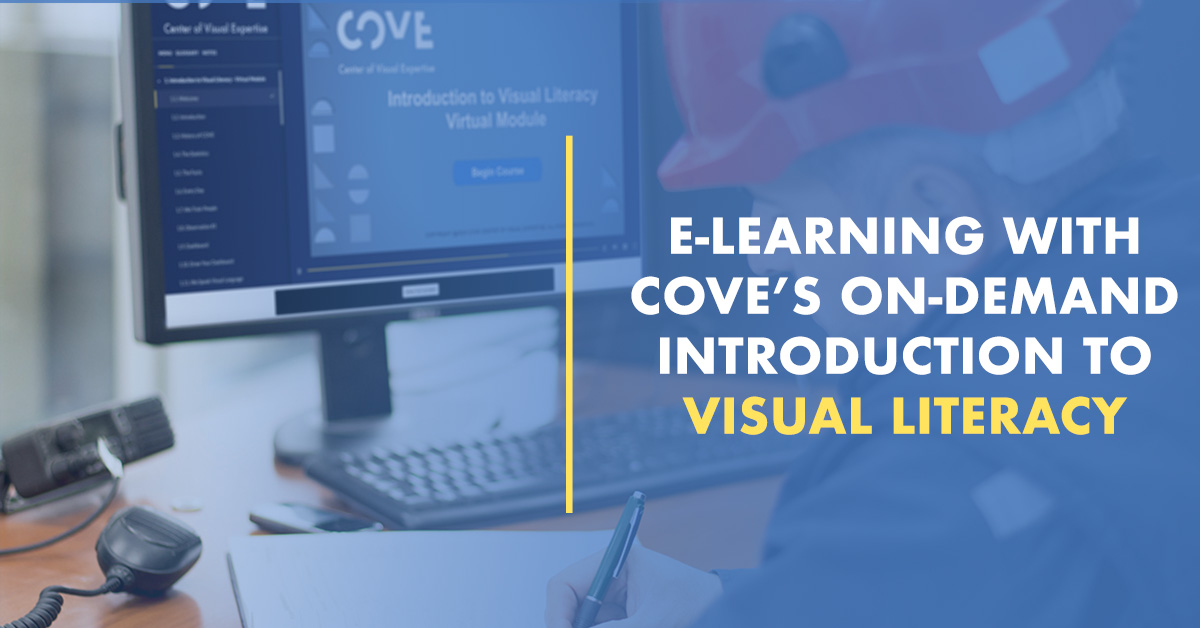The Critical Thinking Advantage
We often hear about the need for EHS professionals to be influential leaders, trusted advisors, and effective communicators. While compliance and enforcement remain important, the focus is shifting towards a more proactive and strategic approach to safety. However, there’s a critical skill that’s often overlooked: critical thinking.
The skills we need to think critically are varied and include looking, observing, seeing, analysis, interpretation, evaluation, explanation (description) and problem solving – all employed in the service of making decisions and taking actions, such as identifying and mitigating risks.
Visual Literacy is critical thinking. Critical thinking requires critical inputs. Critical inputs come from seeing things differently and more completely. These critical thinking skills are taught by COVE: Center of Visual Expertise. COVE’s methodology, Seeing the Whole PICTURE®, teaches you how to recognize, analyze, interpret, describe and communicate “critical inputs” – hazards and precursors to incidents and serious injuries and fatalities. This is an intellectual discipline that enables EHS professionals to gain the capacity and capability to mitigate errors and reduce risks based on decisions and actions taken.
Critical Thinking in EHS
Critical thinking abilities are among the most sought-after skills in almost every industry and workplace. A Society for Human Resource Management survey in 2018 found that 37 percent said critical thinking is the among soft skills most lacking among employees.
Some EHS professionals have a problem with the term “soft skills.” It seems to somehow imply less rigor or science, they contend.
Critical thinking is a rigorous discipline. Applied to occupational safety and health, specifically in the realm of identifying hazards and incident precursors, it requires slowing down the brain to see closely, examine; evaluate, analyze, interpret and describe what is observed; and communicate verbally and/or in writing conclusions and plans to take action to prevent harm. It is a vital intellectual process.
Visual Literacy is a rigorous intellectual process to assess and mitigate risk. COVE teaches the ability to read, comprehend and write using a visual language. Reading, in terms of visual language, is about the process of seeing. Comprehending is about the interpretation of seeing. Writing is the action you take in response to what you have seen.
This is accomplished in three steps:
1
What do you see? (for example, in a hazard hunt)
2
What does it mean? (assessing the risk)
3
What do you do about it? (the action you take in response to what you have seen).
COVE teaches you how to look, observe and see hazards and dangers. This can be considered as a form of reading, an element of critical thinking. COVE further teach you how to describe, analyze and interpret what you see. This is the critical thinking element of comprehending. The final component of the COVE process is communication – writing or verbalizing – an obvious intellectual exercise in critical thinking.

Seeing the Whole PICTURE® is often taught using work situation photographs and videos. A helmeted man in a high-visibility vest is shoveling dirt out of a trench. It is a complex scene filled with wires, cables, shoring, scattered equipment, a co-worker in the background performing a task, and mounds of dirt piled outside the trench. Looking closely, what are the high and low risks? Do you and your peers in the workshop see the same risk possibilities or different potential outcomes? Do you see what you have seen many times before in trenching excavation, or do you see something different this time on this task?
How to examine
Answering these questions is an intellectual exercise requiring seeing, analyzing and interpreting critical inputs. It requires careful examination, slowing down your thinking process. Seeing the Whole PICTURE® carries out this examination several ways:
1
Moving your eyes from the perimeter of the scene to the interior; what risks do you discover in the process?
2
Looking for contrasts in the scene – different colors, lines, shapes, spaces and textures – to uncover risks
3
Turn the photograph, the scene, upside down to allow your creative eye a flexible new perspective that can reveal hazards
4
Slow down and take advantage of repetition – repeated viewings of the scene. This improves attention to details and evaluation
5
Now explain what you have uncovered, analyzed and interpreted. Communicate.
These steps involve critical thinking elements of assessment, flexibility, open-mindedness, skepticism (not taking the scene at face value), vision, synthesizing, curiosity (to propel repeated viewing), restructuring, diagnostics, explanation, and verbal and written communication.
These steps also involve the critical thinking component of creativity. You might spot patterns in the critical inputs you are looking at or come up with conclusions about risks and dangers in the scene that no one else has thought of before. This calls for a creative eye that can take a different approach from all conventional hazard recognition methodologies.
Critical thinking essentials
Other elements of critical thinking relate to safety and visual literacy:
- Being attuned to one’s surroundings
- Taking in your surrounding to spot hazards or points of orientation, especially in large, complex, crowded work situations
- Remaining focused
- Attention to detail goes hand in hand with analysis
- Repetition, or repeated observations, can lead to discovering something new; due diligence leading to discovery
- Visualizing and communicating your findings; making sense of what you see is one thing; it’s equally important to be able to put your point across in a convincing manner
- To analyze is to look for deeper meaning; it’s breaking down a complex work situation into smaller parts to gain a better understanding of the risks
- To interpret is to state in your own words how you make sense or understand what you see; you state or verbalize your analysis
- Communication requires finding your own voice; be authentic, be genuine; let your values come through when communicating; make the complex simple – avoid technical jargon and business speak; be concise – say what you mean in as few word as possible.
Another form of critical thinking emerges in this visual literacy exercise. To think critically, you must put aside assumptions or judgments past on your past experiences. You must be objective, evaluating the situation without bias. This calls for intellectual humility. No matter how skilled you are as a thinker, we all fall prey to mistakes in evaluations, prejudices, biases, distortions, rushing, self-interest and vested interests.
Seeing the Whole PICTURE® avoids thinking simplistically about complicated safety scenarios. It aligns with the famous Socratic principle: the unexamined life (or safety work) is not worth living, because unexamined life (or work) can result in an uncritical, dangerous world.

For additional insights into this topic, we invite you to download our latest white paper “Elevating Safety Performance With Visual Literacy and Human Performance Strategies.” In it, we outline how the combination of Visual Literacy and Human and Organizational Performance work hand in hand to identify and reduce risk.




